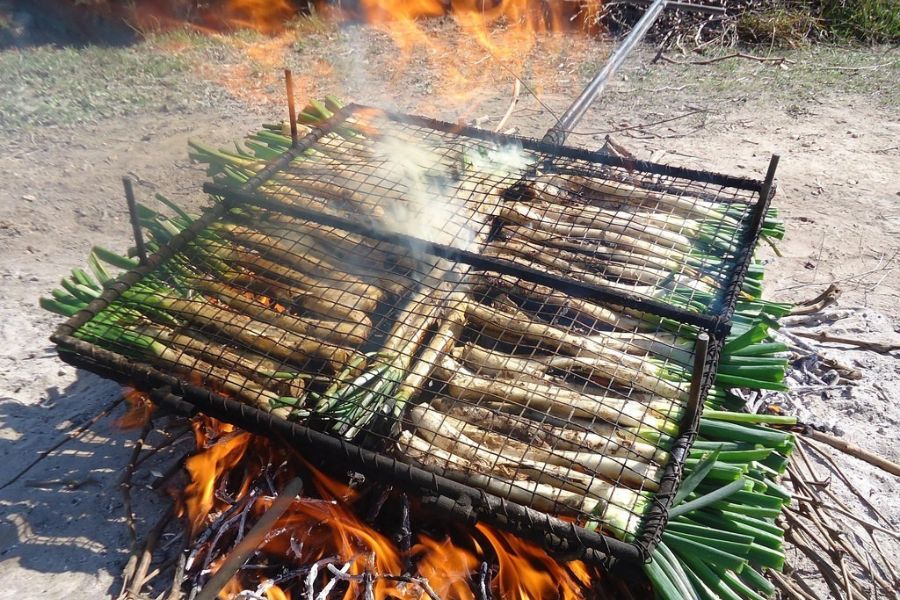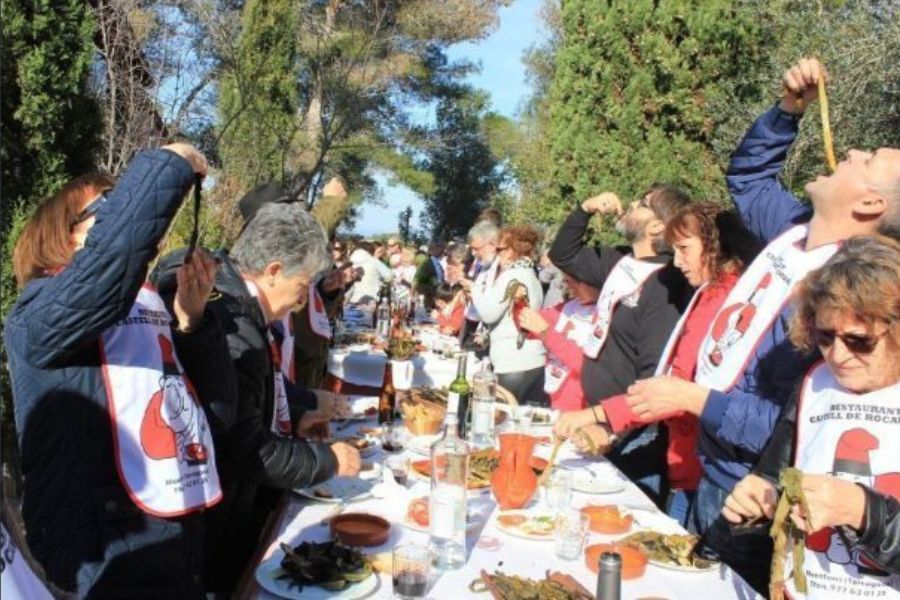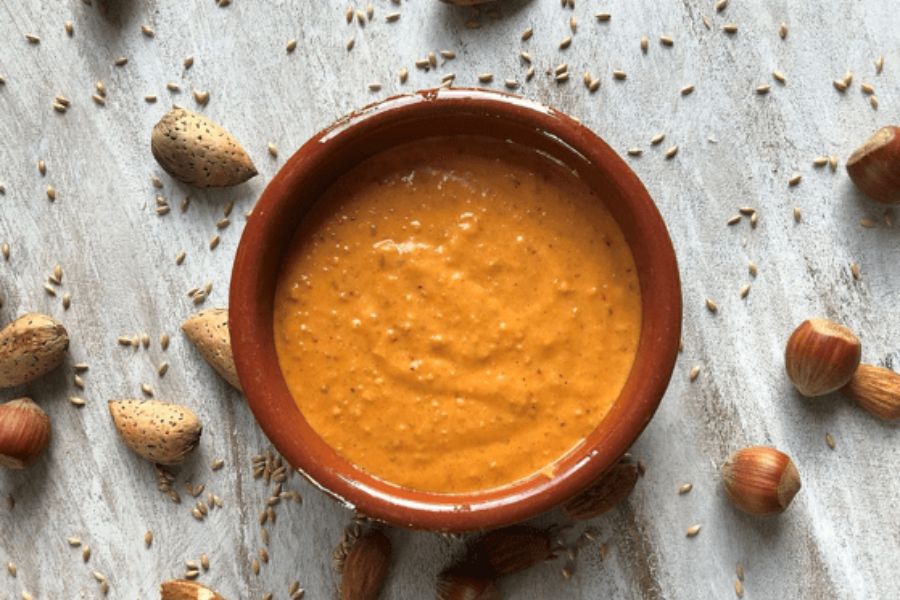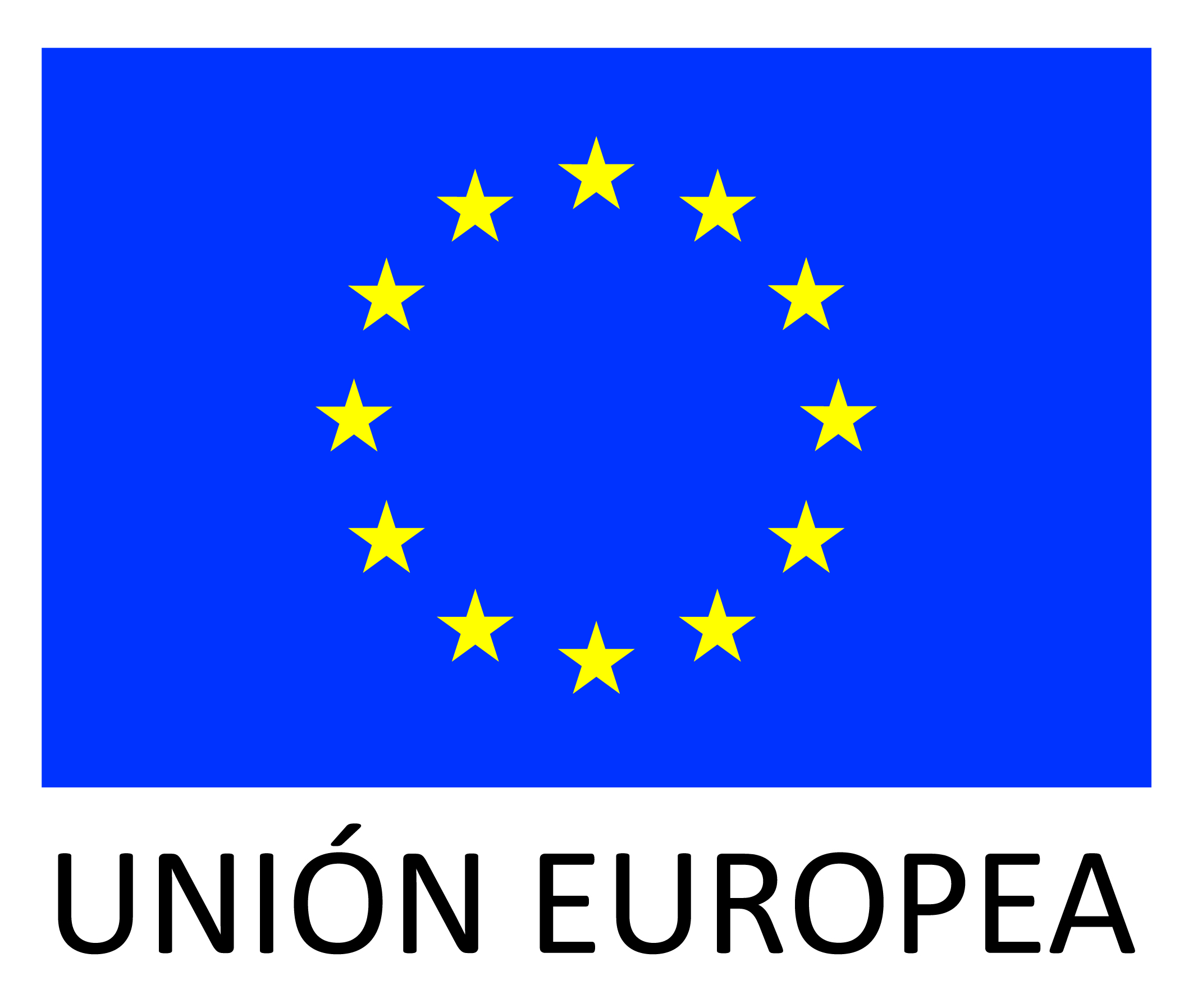When you do Erasmus in Catalonia there are many places to visit and many experiences to live. A trip to the Pyrenees, a night in Barcelona, a visit to the Sagrada Familia… But there are also many experiences that you cannot miss and, at this time of the year, celebrating a calçotada with friends is a date marked in the agenda that, yes or yes, you have to take advantage of.
If you have never had a calçotada, don’t worry! From the Unihabit residence halls we give you all the advice you need so that you don’t miss out on the essence of it. But first of all…
What are calçots?
The calçot is a type of onion with an elongated shape of up to 25 cm that is grown under what in Catalan is called calçar, a term that refers to the soil that farmers continually add on top of the soil where the onions grow to prevent them from widening. Thanks to its elongated shape, the onion cooks evenly on the grill, preventing it from becoming raw on the inside, which would happen with a round onion.

How are calçots cooked?
The calçots are cooked on a traditional barbecue with some differences in the cooking process:
- Firstly, the fire is ideally made with dry vine shoots, as it offers a better aroma and provides a perfect fire.
- Next, the calçots are placed sideways and in both directions, always with the edible part (the white part) in the centre of the grill.
- The onion roots should not be cut beforehand as they will burn completely in the fire during cooking.
- Once the calçots are fully roasted on one side, it is essential to carefully turn the grill so that they are cooked on the other side.
- Finally, when both sides are cooked, you should pack around 15 to 20 calçots per packet in newspaper to keep the heat of the cooking.
Well, now that you know what calçots are and how to cook them, let’s get down to business!
How do you eat calçots?
Calçotada is a typical Catalan meal to celebrate with family or friends, either at home or in a restaurant. The most traditional way for many people to eat them is standing up; however, when the calçotada is held in a restaurant you will find people sitting down. Another tradition for eating calçots is to wear a bib, to avoid staining your clothes.
If we go into the technical side of how to eat a calçot, you must hold the calçot firmly by the upper part (green part) in a vertical position. With the other hand, grab the tip of the calçot, press and pull it downwards, so that the onion is peeled, eliminating the superficial and burnt layer and leaving the good, edible part attached. You can then dip it in the special sauce for calçots or romesco sauce and put it directly in your mouth. In general, between 20 and 35 calçots are eaten per person, as meat or other vegetables such as grilled potatoes, artichokes, etc. are eaten afterwards.

Why is the calçotada held?
As previously mentioned, calçotada is a typical Catalan meal ideal for celebrating with friends and family. It originates from the town of Valls (province of Tarragona) where a farmer discovered the special way of growing white onions at the end of the 19th century. At the beginning of the next century, the calçotada began to spread throughout Catalonia and even the Balearic Islands.
The calçotada season is usually between February and April, with calçots with sauce as the main dish, followed by grilled meat, accompanied by a good wine and finally a good dessert.
Nowadays, the most popular calçotada is still celebrated in the city of Valls, the original city of this typical food, “La gran fiesta de la calçotada“, an original and unique experience if you are on Erasmus in Catalonia to share with your mates in the student residence or at the university.
Everything you need to know to make a good calçotada!
The essential dish: calçots
With all the information you now have about what calçots are, how to cook them and how and where to eat them, we explain step by step how to enjoy a good calçotada with your university friends, and enjoy a typical and delicious meal at your Erasmus destination.
- Light the grill in time with raw wood. A good calçotada is not made in a hurry! Arrive early and start preparing the fire, while you are making the vermouth!
- Before cooking the calçots in the fire it is important to remove the root piece, but do not clean or soak them in water.
- Now it’s time to grill the calçots. Remember that you must turn them and that the most important thing is to cook the white part of the calçot. Therefore, it is important to place them strategically so that the leaves are outside the grill and the white part is placed inside.
- Once the skin of the calçot begins to open and the juice starts to drip inside (a good sign!), it means that they are ready to be cooked and you can take them out. It is important that they are well toasted before removing them from the heat, or you will eat them without them being well done!
- As you remove the calçots from the heat, it is important to keep them well stored so that the heat doesn’t escape. The best option is to wrap them in newspaper!

The calçot sauce: the indispensable complement
During the period that you have been living as an Erasmus student in Barcelona you have probably heard a lot about the calçots sauce or romesco sauce, an essential element to enjoy the calçotada 100%.
Once you have the calçots ready, before eating them it is very important to always dip them in the calçot sauce.
Also not to be missed…
A good calçotada needs good calçots and sauce, but that’s not all. You can also accompany it with a good snack, with potatoes, olives and a drink… As well as grilled meat and toasted bread, taking advantage of the fire!
If you are on Erasmus in Catalonia and are looking for accommodation to live in, Unihabit’s halls of residence offer rooms in Barcelona, Girona, Sant Cugat and Manresa. Contact us for more information!





